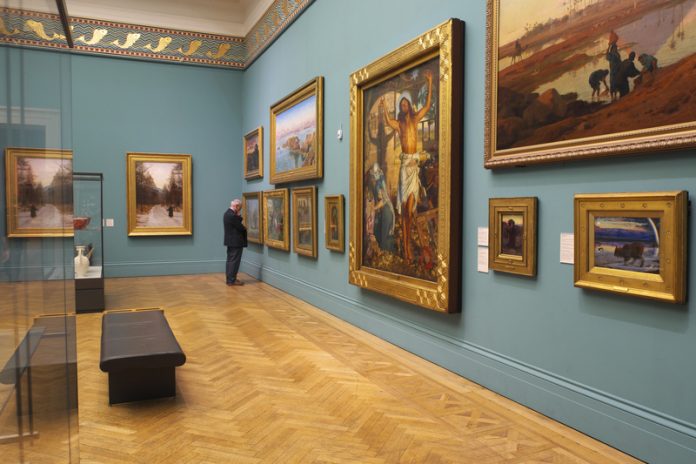Art forgery is set to be a thing of the past with the clever use of blockchain technology, the underlying infrastructure on which cryptocurrencies like Bitcoin and Ethereum are based
This is the bold assertion from the bosses of Thomas Crown Art, the world’s leading art-tech agency that was set up when renowned art dealer, Stephen Howes, and top-level technology expert, Ian McLeod, joined forces.
Stephen Howes comments: “Forgeries are, unfortunately, a growing and serious problem in the art world. The fraudsters, who are getting better and better at producing both fake artwork and provenance documentation, have been wreaking havoc throughout the market in the last couple of years.
“Art crime is a huge business. However, I believe going forward, both art and provenance forgery can be stamped out with the clever use of blockchain/decentralized ledger technology at the point the artwork is created.
Ian McLeod continues: “We’ve created an innovative solution for artists and art collectors providing the ability to use new works of art as a literal ‘store of value’ and serve as a cryptocurrency wallet for owners whilst providing an independent method to conclusively prove the provenance of artwork quickly and easily, and to view an immutable chain of ownership.
“Using a blockchain to authenticate artwork is an ideal use-case for distributed ledger technology. It provides the ability to store a permanent, immutable record of artwork at the point of creation which can be used to authenticate registered works by anyone with an internet connection.”
He continues: “At Thomas Crown Art we’ve gone a step further and created a mechanism to use physical artwork as a store of value by ‘walletising’ each piece of art and linking it to a Certificate of Provenance stored on the blockchain in a ‘smART contract’ – enabling the option to use the physical artwork itself as a wallet making it capable of storing cryptocurrency.”
Mr Howes goes on to add: “Art forgers can make a fantastic living churning out high-quality hand-painted reproductions. However, if an artist’s work has been ‘walletised’ at the point of production, the quality of the forgery is the least of their problems if they wanted to sell it as an original.
“All artwork and prints are recorded onto the blockchain with their own unique smart contract – the ownership of the artwork is then controlled solely by the owner of the artwork via the QR code on the artwork and the artwork certificate.”
He concludes: “Using this cutting-edge technology, the art world can eradicate one of its biggest and most expensive problems – forgery – and can protect artists, galleries, and private owners and collectors.”











